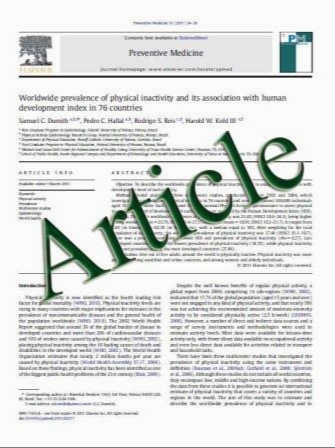The relationship of fall-related fractures to social deprivation
- نوع فایل : کتاب
- زبان : انگلیسی
- مؤلف : C. M. Court-Brown & S. A. Aitken & S. H. Ralston & M. M. McQueen
- چاپ و سال / کشور: 2010
Description
Summary The relationship between fall-related fractures and social deprivation was studied in 3,843 patients. The incidence of fractures correlated with deprivation in all age groups although the spectrum of fractures was not affected by deprivation. The average age and the prevalence of hip fractures decreased with increasing deprivation. Introduction This study examines the relationship between social deprivation and fall-related fractures. Social deprivation has been shown to be a predisposing factor in a number of diseases. There is evidence that it is implicated in fractures in children and young adults, but the evidence that it is associated with fragility fractures in older adults is weak. As fragility fractures are becoming progressively more common and increasingly expensive to treat, the association between social deprivation and fractures is important to define. Methods All out-patient and in-patient fractures presenting to the Royal Infirmary of Edinburgh over a 1-year period were prospectively recorded. The fractures caused by falls from a standing height were analysed in all patients of at least 15 years of age. Social deprivation was assessed using the Carstairs score and social deprivation deciles, and the 2001 census was used to calculate fracture incidence. The data were used to analyse the relationship between social deprivation and fall-related fractures in all age groups. Results The incidence of fall-related fractures correlated with social deprivation in all age groups including fragility fractures in the elderly. The overall spectrum of fractures was not affected by social deprivation although the prevalence of proximal femoral fractures decreased with increasing deprivation. The average age of patients with fall-related fractures also decreased with increasing social deprivation as did the requirement for in-patient treatment. Conclusions This is the first study to show the relationship between fall-related fractures and social deprivation in older patients.We believe that the decreased incidence of proximal femoral fractures, and the lower average age of patients with fall-related fractures, in the socially deprived relates to the relative life expectancies in the different deprivation deciles.
Osteoporos Int (2011) 22:1211–1218 DOI 10.1007/s00198-010-1315-1


